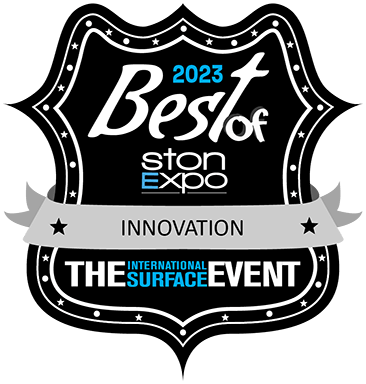GuidesStone Care Guides
Machines & Equipment for Stone Restoration Contractors (Part 1)

Stone restoration contractors can choose from several types of devices as well as equipment. First of all, the choice depends on whether you are dealing with floors, walls, or countertops. This blog will focus on machines and equipment for grinding, honing, and polishing stone floors.
Different Types of Equipment for Stone Floors
We can classify the available equipment for grinding, honing, and polishing stone floors into distinct groups as follows:
- Mono Rotary Floor Machine: They are also known as Swing Floor Machines. E.g., Mastercraft Inc.
- Conventional Italian Floor-Grinding Machine: They have at least one rotating head, e.g., Achilli with a Single rotating head
- Planetary Machines: These floor polishing machines feature rubber padding and floating heads. E.g., Cimex USA
- Walk-Behind Scrubbers, also known as Automatic scrubbing Machines: These machines are a little successful in stone or concrete floors but are not very popular. E.g., Power-Flite Inc.
Universal Design Parameters
For best results, the machine must satisfy the following minimum design features.
Grinding
The device must be rigid without any rubber padding or floating heads, which is mandatory to avoid lip rounding or surface rippling. Class C/D marbles, travertine, and stones mixed with different hardness degrees are highly prone to such defects. There must not be one single element of the machine that will give.
Honing
It would be best if you always preferred a rigid device. However, some rubber padding is acceptable if you are honing travertine floors or non-grounding marble with a standard lippage of 1/32". Similarly, floating heads are permissible only with rubber padding. Even if you used synthetic diamond pads with resin-bond, it might lead to visible surface imperfections if you use them without any rubber padding.
Polishing
You will have no issues with a planetary machine because it is almost impossible to polish with powder due to the inherent machine design and typically fast speed of planetary heads, ranging from 600 to 800 rpm and even more. It is typical to polish using either natural fiber polishing pads or a nylon polishing pad, primarily 3�4" thick in mono-rotary machines. Finally, you can perform waxing with the conventional floor grinding machine on completely flat floors with artificial solid blocks of polishing stones (polishing compounds) such as 5 Extra.
Conventional Italian Floor-Grinding Machine
People consider such conventional Italian machines obsolete in the modern era, but it is still preferred equipment in several old stone fashion regions. These countries still install granite and marble floor with the "Grind-in-the-Place" method. Please check our blog on Grind-in-the-place Installation of Marble, Granite, and Other Stones Floors.
Advantages
- These machines work well with trained workers delivering unmatched results
- Available in many sizes: Single head with three stones; Multiple heads; Ride-on beasts.
- It delivers an exceptional end product, which is difficult to match.
- It is an equipment of choice for terrazzo floors.
Disadvantages
- It is a heavy piece of equipment and hence challenging to transport.
- It demands specific training with at least 220 V electric connection.
- Unlike the two-step procedure (only hone and polish), the machine has a three-step system (grind, hone, and polish) which is disadvantageous in residential work. The device cannot tolerate even a tiny lip.
- Their grinding elements (artificial stones consisting of aluminum oxide and silicon carbide) handle the floor quite firmly, which requires a much higher quantity of water than the other two types of equipment based on synthetic diamond know-how (mono-rotary and planetary). However, of late, the Italian machines could mitigate the water requirement by adopting synthetic diamonds system.
Mono-rotary floor machine
These are versatile all-purpose machines that are omnipresent. They can perform any grinding or refinishing work on marble, granite, or other stone floors. However, they should meet the minimum requirements to process any stone floor efficiently. They need to have a minimum horsepower of 1.5 Horsepower, a maximum RPM of 175 (140-150 is preferred), and a minimum of 110 pounds. Alternatively, you can manage with a lower weight machine, but it must have a design to tolerate additional weight without burning its motor or consuming excessive amps, maximum 14.
For instance, there is only one machine available to our knowledge in 2.5 HP at 110 V, e.g., Klindex with 14 Amps. A perfect mono-rotary device will have a three to four HP motor needing 220 V of power and having 130 lbs weight with a capacity to bear the additional weight. E.g., Clark and Klindex machines have such mono-phase devices. The most common diameter of this equipment is 17 to 18", but it may vary as per the job size.
Advantages
- Versatile, ubiquitous device
- Compared to Planetary machines, it can perform all the operations: grind, hone, and polish.
Disadvantages
- It is much slower than the planetary machine for grinding and honing purposes.
- The accuracy of the initial grinding cut is not close to planetary machines. (only when compared to rigid ones)
Planetary machine
These machines feature an electrical motor that drives the main plate typically attached to 3 heads that are counter-rotating, powered by belts, etc. These heads keep the honing and grinding elements in place, generally synthetic diamond pads. Please refer to our blog on synthetic diamond pads for further details.
The planetary machines come in several sizes. They feature an overall diameter ranging from 17"-24" with every counter-rotating head in 4"-8" with weight as high as 500 lbs. having a working area of about 30". For instance, belt-driven 30" from HTC USA and tempered steel driven 30" full-fledged planetary machine from Klindex. Both the devices feature powerful 15 HP motors that work on 460V 3-phase current. An average 21"-24" planetary machine with a counter-rotating head of 7 to 8" each has three synthetic diamond pads of 3" on each of these heads.
Advantages
- Best group of machines for honing and grinding purposes
- Rigid planetary machines are the best grinding performers.
Disadvantages
- They cannot polish with polishing powders because of their design.
- Planetary machines with rubber padding and floating heads would not qualify as the best grinder machines.
- The typical speed of counter-rotating heads of 600 to 800 revolutions per minute is too high for polishing jobs.


